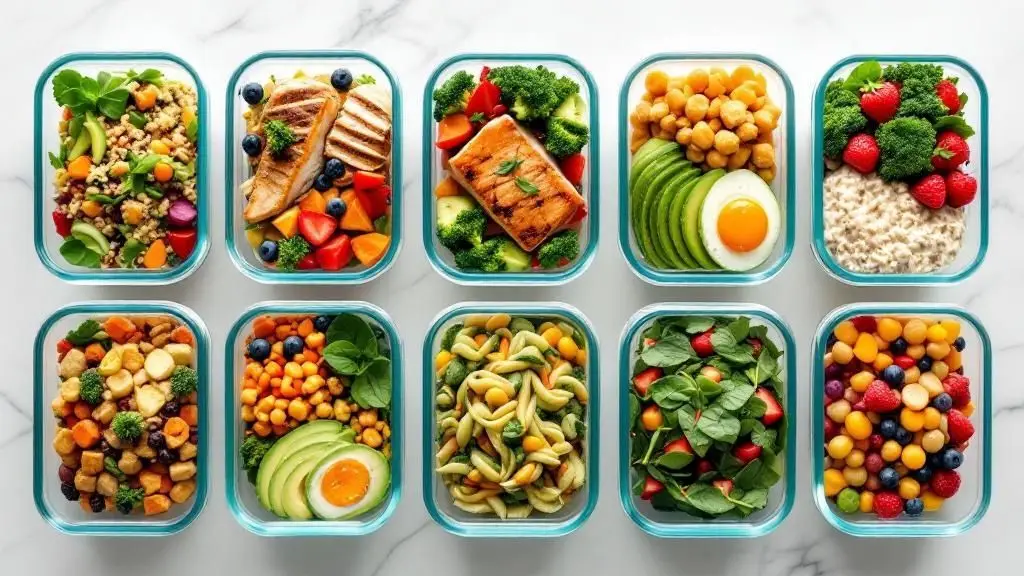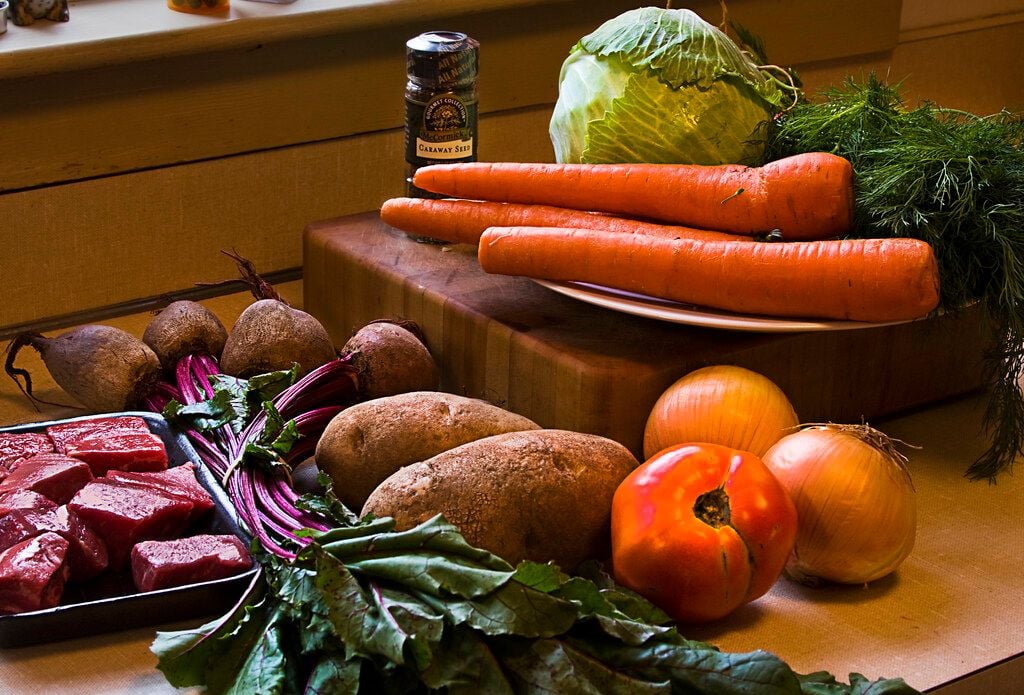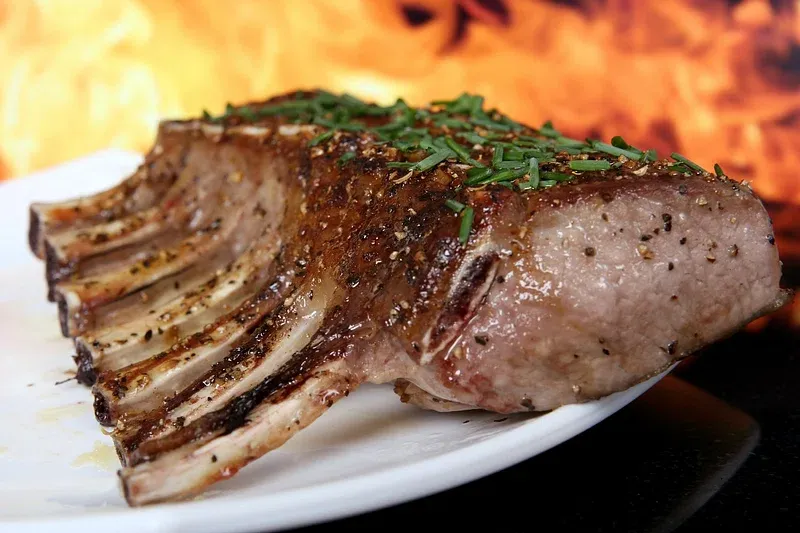
'Fall for Persimmons': The Ultimate Guide to this Autumn Delight
- Oct 19, 2024
Fall is synonymous with the persimmons season. Confused about how to handle this fruit? This guide will equip you with everything you need to know.
Hailing originally from China, persimmons have found their way to agricultural land from Korea and Japan, all the way to Brazil and the United States. With a sleek peel, that tints from delicate orange to intense red-orange, they traditionally make their appearance from October to December.
Persimmons are revered for their unique flavor, often described as a potpourri of mango, apricot, and pumpkin. The preparation method and type of persimmon can add more complexity with hints of honey and cinnamon, enhancing its flavor profile.
Typically, you'll encounter either the Fuyu or Hachiya varieties of persimmon in stores. They deviate not only in size and shape but in other essential characteristics that are crucial to know if you look forward to eating them fresh, cooking with them or incorporating them into your baking recipes.
The Fuyu persimmons are easier to spot due to their chunky, squat shape, similar to beefsteak tomatoes. The sweetness of these fruits escalates with ripening. Ripe Fuyus, which possess a vibrant orange skin and maintain their firmness, stand apart from their Hachiya counterparts. Their resilience makes them excellent options to be eaten raw or used in uncooked dishes like salads or toast toppings. Their faint cinnamon undertones make them a dessert staple too.
While not as prevalent as the Fuyus, Hachiya persimmons are equally flavorful. Structured like acorns, Hachiyas exhibit a vivid red-orange skin. Unlike the Fuyus, which are sweet from the beginning and sweeten further with ripening, Hachiyas start bitter but lose their bitterness when ripened.
Usually, soft and squishy fruit translates to them being overripe. In the case of Hachiya persimmons, it signals their readiness to eat! Hichiyas share flavor elements of apricots, pumpkins, and mangoes with their Fuyu counterparts but have added hints of honey and brown sugar. They might not lend themselves well to crisp autumnal salads due to their soft texture, but make for an ideal ingredient in decadent desserts.
Persimmons are often sold underripe in markets, and hence, it is ideal to store them at room temperatures for ripening. Ensure you consume ripe persimmons promptly as they don't have a long shelf-life. You could also refrigerate them for a couple of days to keep them fresh or freeze them for future use.
One could savor Fuyu persimmons as you would an apple, or slice them for salad use. While the skin is edible, some people opt to halve them, extract the pulp and discard the peel – a method particularly recommended for Hachiya persimmons due to the bitterness of their peels and their soft texture when ripe.






